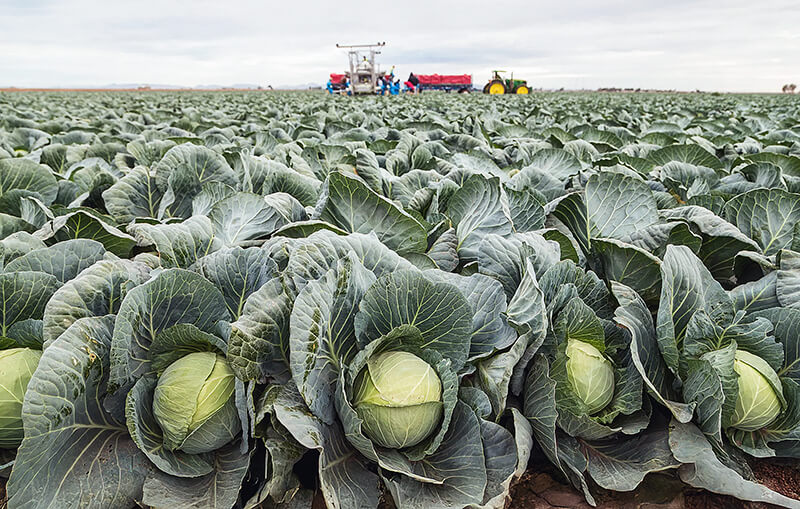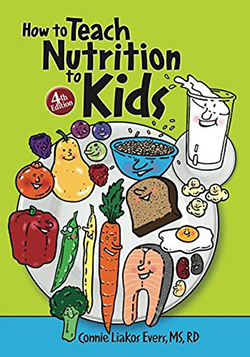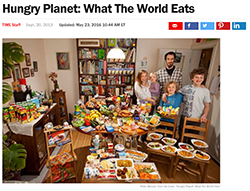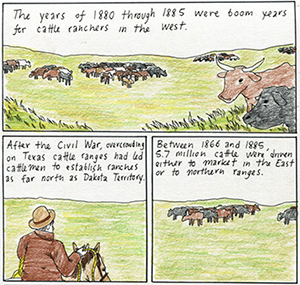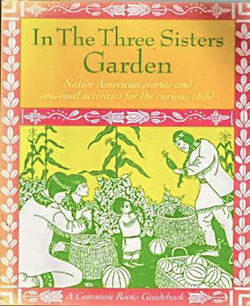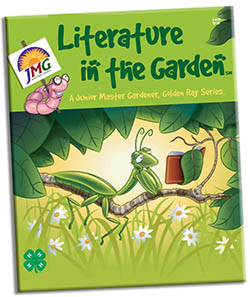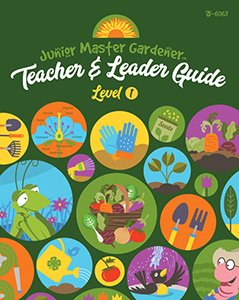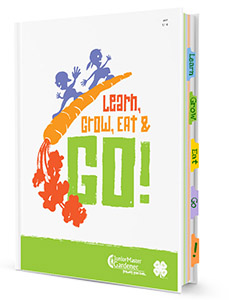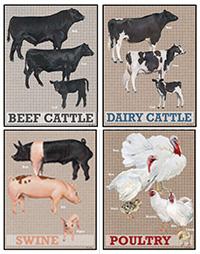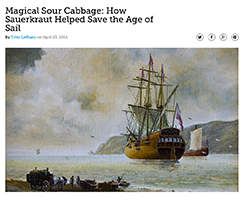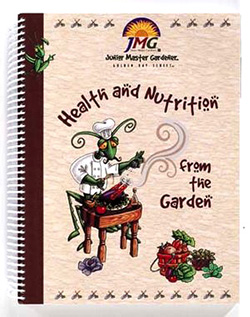
Health and Nutrition from the Garden
This guide from the Junior Master Gardener series is packed with basic gardening information that includes growing techniques, food safety, healthy eating tips, and nutritious snack food preparation. This book is a great tool for educators who use garden programs to teach students about health, nutrition, food safety, and wise decision-making skills. .
